Caring for your soil is vital to homesteading. The health of your soil is directly related to the health of your plants and since we and our animals are eating the plants, our soil is directly related to our health. Soil provides support for the plant roots, it's a home for beneficial organisms and a reservoir for the wate,r oxygen and essential nutrients required by the plants. You will find that insect and disease damage, as well as most poor growth issues are caused by unfavorable soil conditions. You must learn to think of your soil as a living organisms which has certain needs, abilities and limitations. Only then you can effectively maximize the potential of your soil
Before you can test your soil, you need to take a soil sample. To do this you will need a shovel and a 1 litre jar with a lid. To take a sample:
1 choose a patch of soil you wish to sample
2 Shovel the top 15- 20 cm depth of the topsoil into a pile.
3 Mix the soil with your hands, breaking up any clumps.
4 Place 1 cup of soil into your sample jar.
5. Bring your jar into the kitchen and fill to the shoulder of the jar with water. If you are going to use this sample to test pH you should use distilled water.
6. Placethe lid on the jar and shake vigorously for 5 minutes, then set your jar on a flat surface and let it sit for 24 hours.
components, they are: minerals, air, water and organic matter. It is the balance of the four components which is critical. The 'ideal' soil will have 45 - 50% mineral, 25% air, 25% water and approximately 5% organic matter.
The mineral portion of your soil is derrived from the erosion of rocks. the particles in the mineral portion can be sand, silt or clay. Sand silt and clay are simply different sized particles; all three particles come from the break down of different rocks So how do they function within the context of your soil?Sand particles are the largest, silt is medium size, and clay has the smallest particle size of all.
Within the soil sand and silt particles keep the soil structure loose and workable. ( this is referred to as friable in the scientific literature). This helps to facilitate the movement of air and water within the soil. Clay particles, the smallest, have an affinity for both water and nutrients. It is the amount of clay in your soil which makes those nutrients and water available to plant roots.
So go and take your samples, late spring and late fall are the best times to do this, mainly because those are the best times to add augments. Tomorrow I will show you how to check the composition of your soil. Have a great evening.

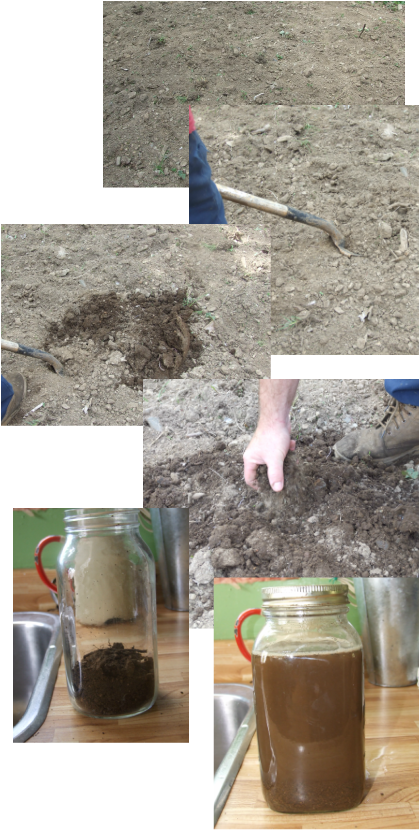
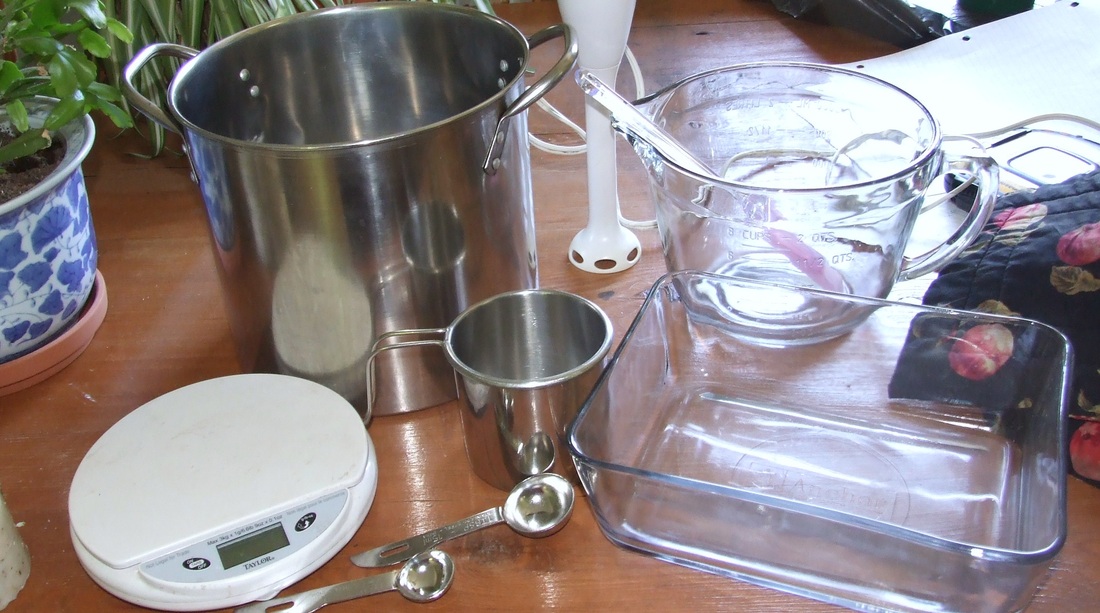
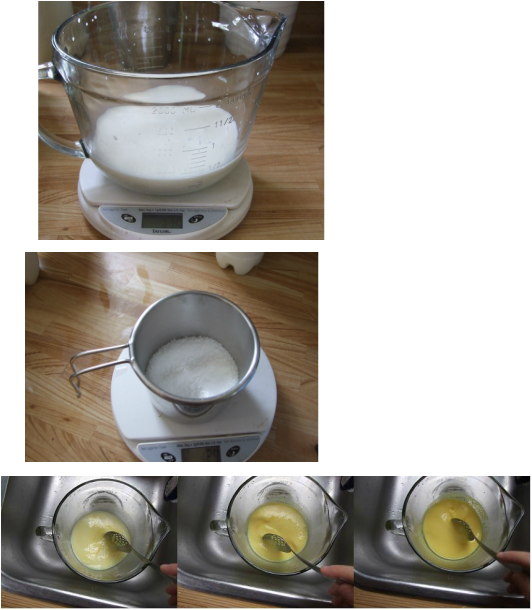
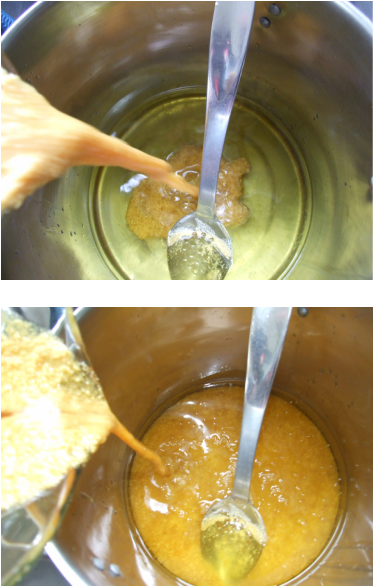

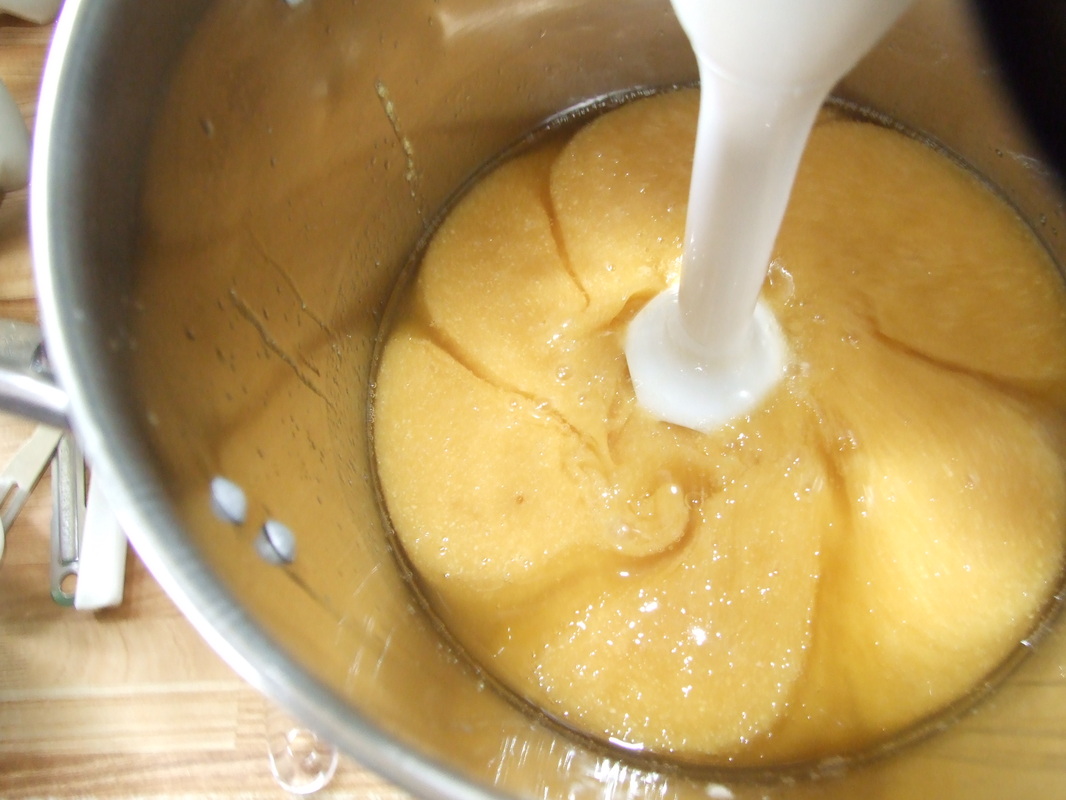
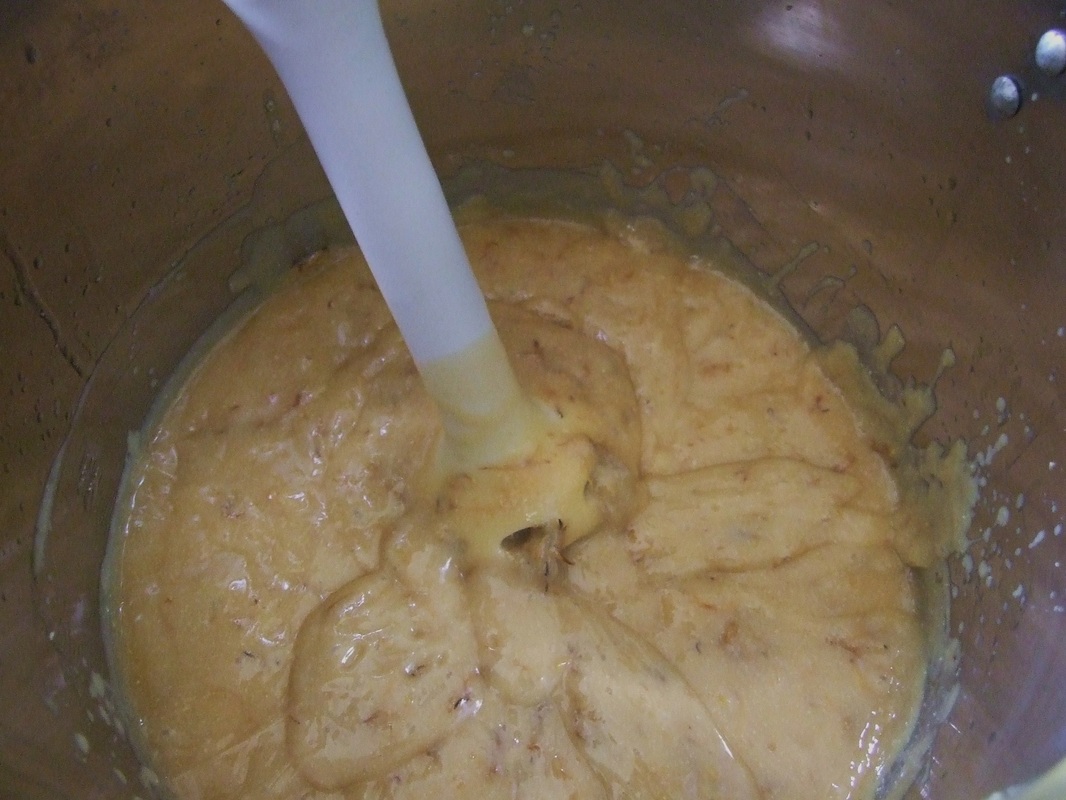

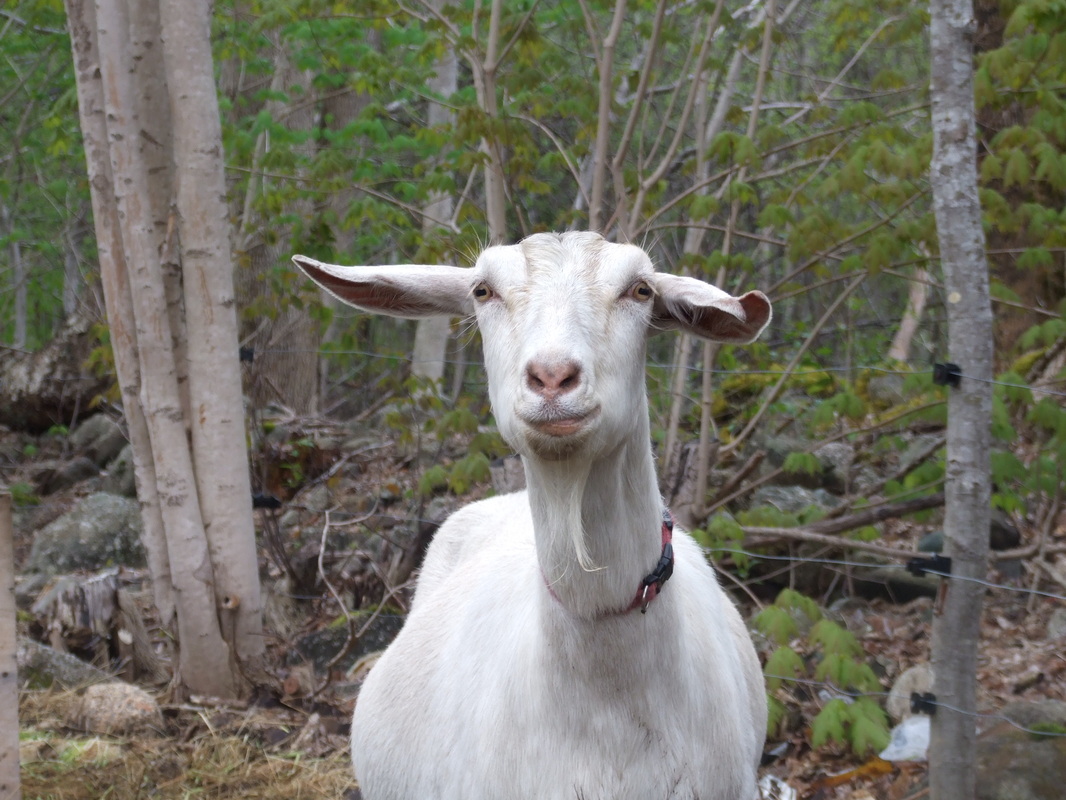
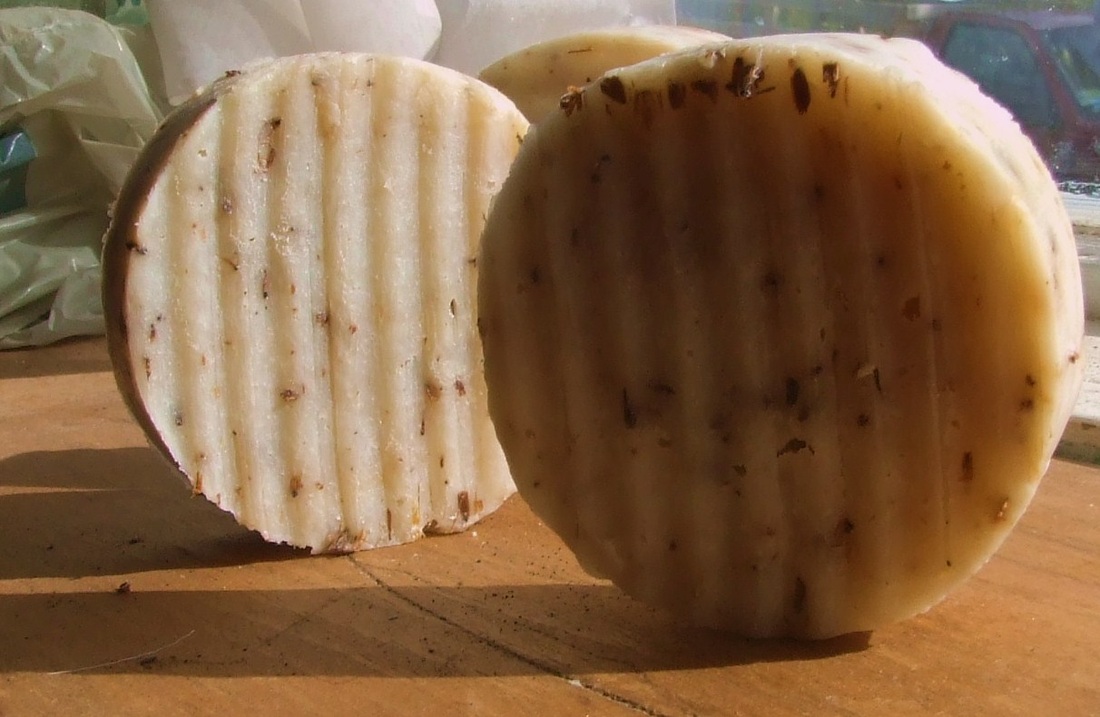
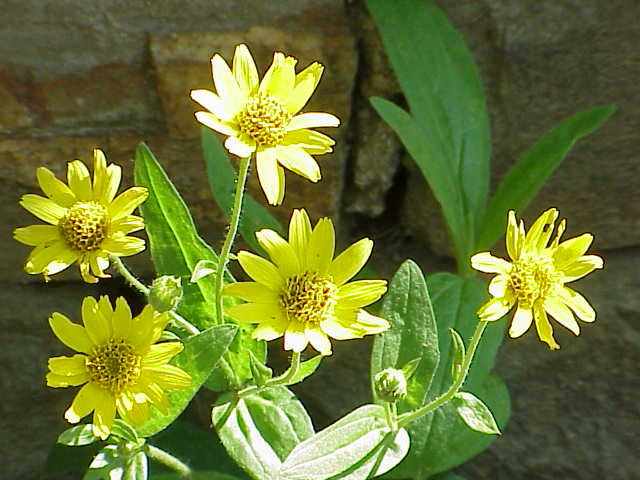
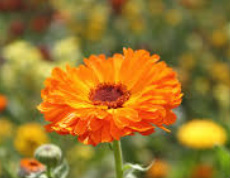


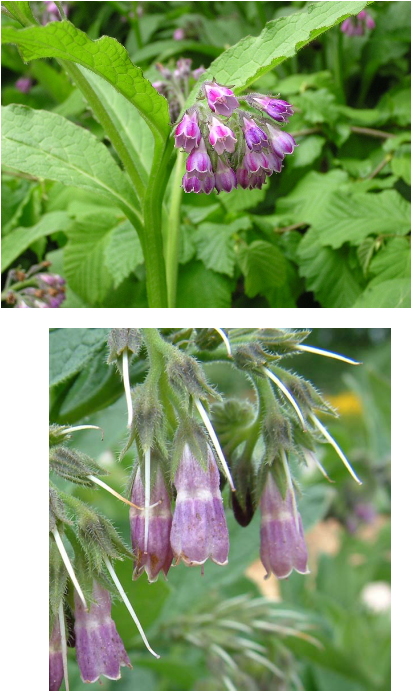
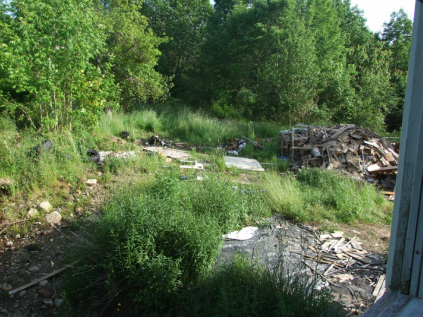
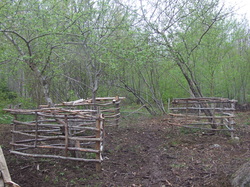
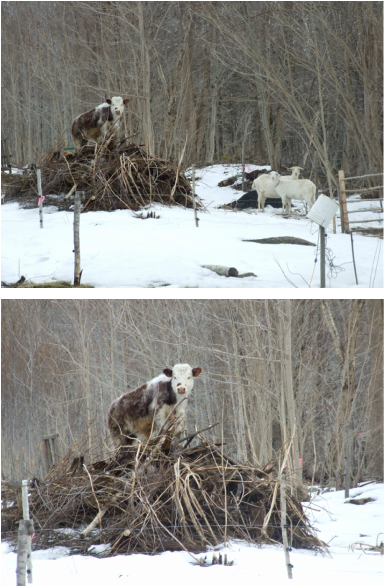
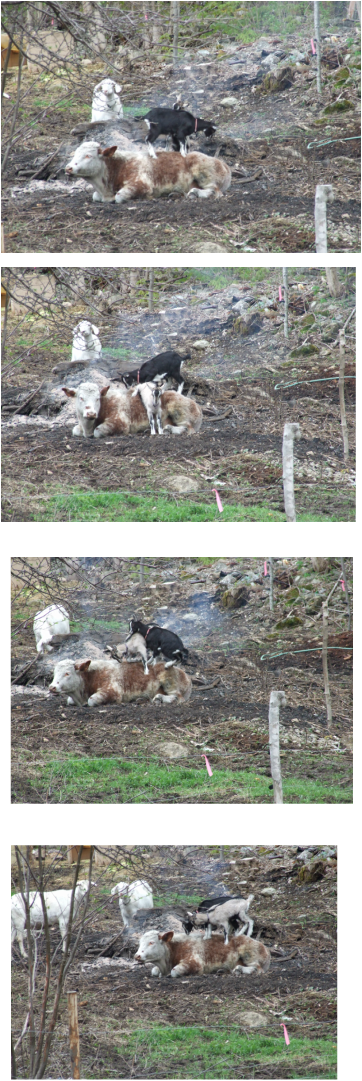
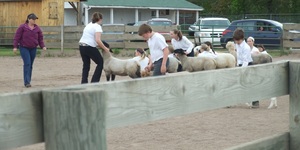
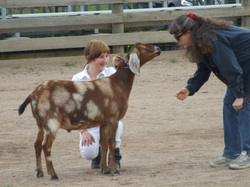
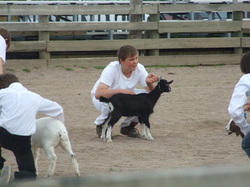
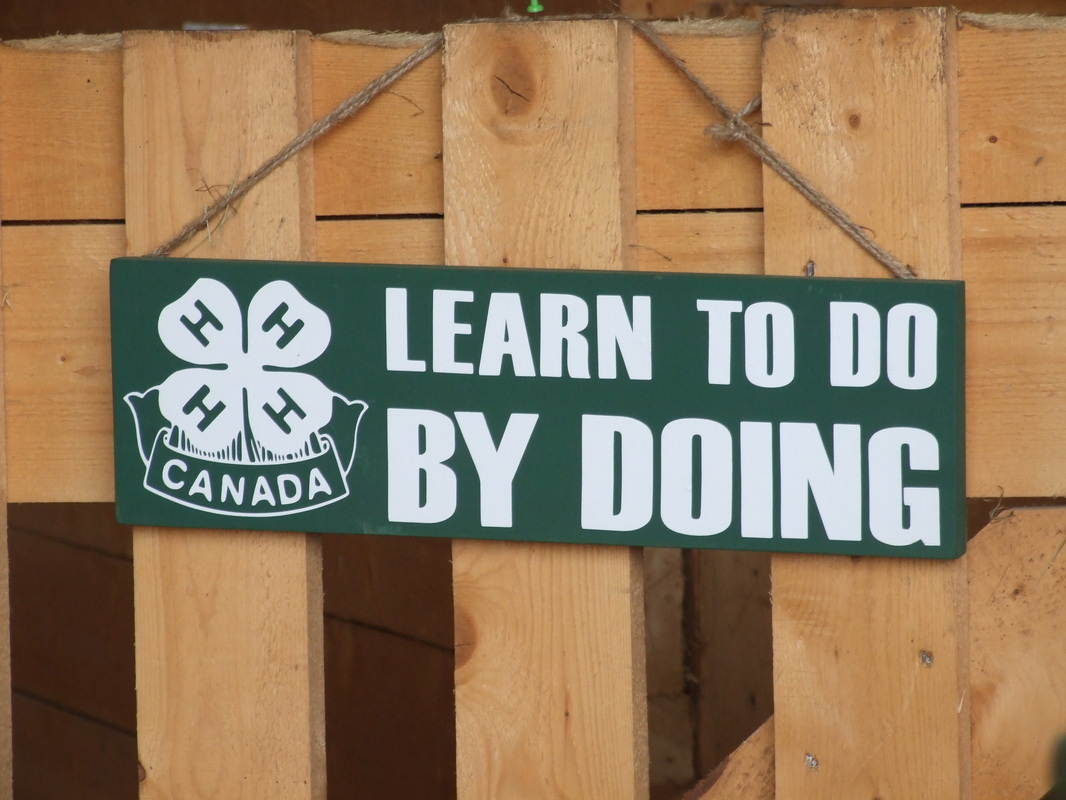
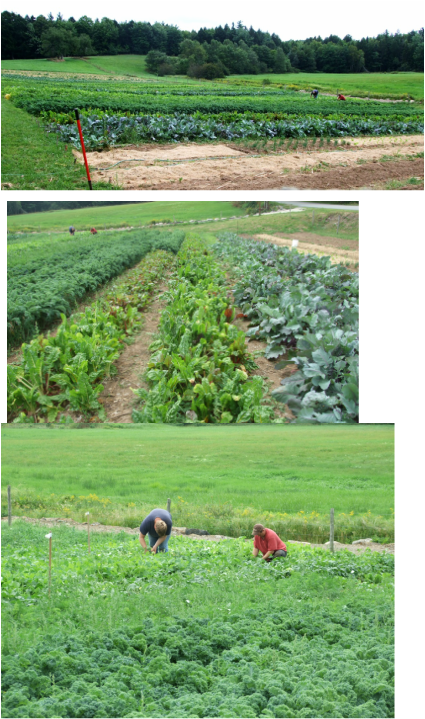
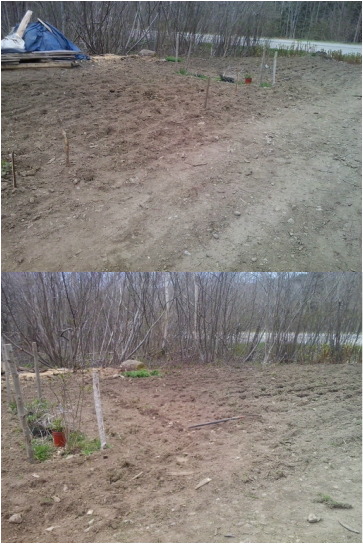

 RSS Feed
RSS Feed
